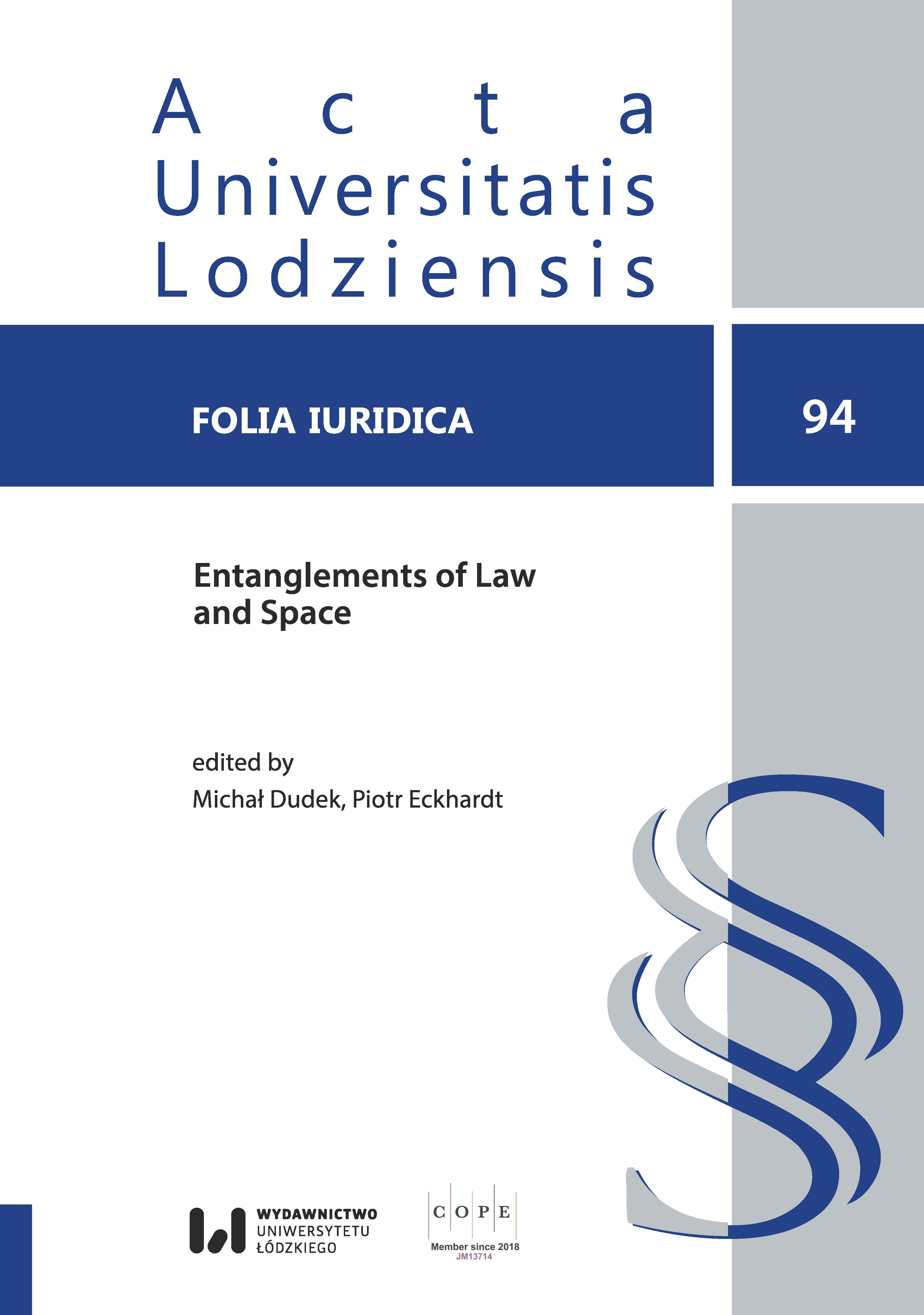Land Use and Facilities and the Spatial Distribution of Urban Property Crime
Land Use and Facilities and the Spatial Distribution of Urban Property Crime
Author(s): Jan Bazyli Klakla, Ewa Radomska, Michalina SzafrańskaSubject(s): Law, Constitution, Jurisprudence, Criminal Law
Published by: Wydawnictwo Uniwersytetu Łódzkiego
Keywords: crime mapping; spatial analysis of crime; spatial statistics; geographic information systems (GIS); property crime
Summary/Abstract: The main research problem of this article is to check whether and how selected land use and facilities influence the spatial distribution of different kinds of urban thefts (and burglary) in Krakow. The analysis uses data on all crimes committed in Krakow in the years 2016–2018. Its results are generally consistent with the results of other similar studies in so far as they indicate a relationship between the increased criminal activity of perpetrators and the availability of potential victims or objects of attack. Both the higher density of crimes in general and theft in general occurred above all in facilities or in the immediate vicinity of facilities which accumulate large communities for various purposes (activity nodes) or in places which produce the high intensity of people flows (communication nodes). One land use and facilities coexist with an increased density of all types of thefts, while others coexist only with some of them. The results, however, seem inconsistent with the rational choice theory assumptions as high crime density rates were observed in the immediate vicinity of public and private monitoring cameras, as well as within 50 meters of police stations.
Journal: Acta Universitatis Lodziensis. Folia Iuridica
- Issue Year: 2021
- Issue No: 94
- Page Range: 65-95
- Page Count: 31
- Language: English

